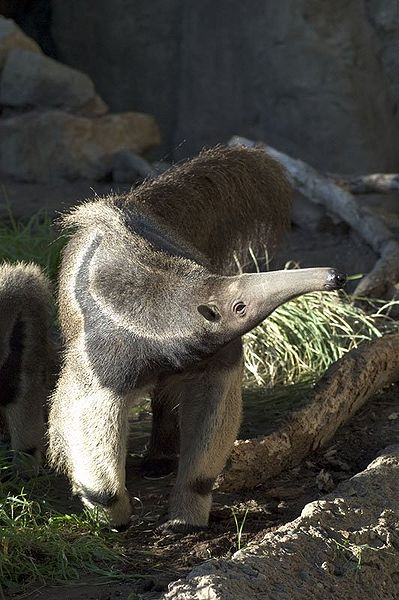
Buckle up everyone because we are all taking a trip to South America. Well, I guess the readers that live in South America aren’t really going to get much of a trip but the rest of us, we will have a blast! So why the impromptu trip to South America? Obviously you didn’t read the title but we are going to learn about the largest Anteater species in the world which is aptly named the Giant Anteater, pretty clever eh? As mentioned the Giant Anteater is found in Central and South America from Nicaragua to northern Argentina.
My favourite attribute of the Giant Anteater is the fact that they are edentate animals. This is just a fancy, sciencey way of saying they have no teeth. It is kind of like your old Grandpa Joe, well not really since your Grandpa has teeth, they are just in a glass beside his bed. Don’t worry about the Giant Anteater though since they make up for their lack of teeth with an extremely long tongue. I know you are dying to know how long their tongue is, who wouldn’t be curious? The tongue of the Giant Anteater is approximately 2 feet long. They use this incredibly long tongue to lap up ants and termites all day. In fact they will usually consume about 35 000 ants and termites in a single day. The first question that popped into my head was “how is it even possible for a Giant Anteater to find and consume 35 000 ants per day?”
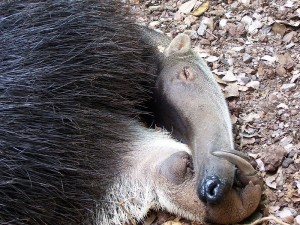
Well, first of all the Giant Anteater has an incredible sense of smell, which is thought to be about 40 times greater than ours. They use this sense to locate a nice big mound of ants/termites (which isn’t very tough in South America) Once they find the mound they will use their sharp claws to tear it open. Now that they opened their dinner they will put their tongue in the hole and start eating as many ants/termites as possible. The Giant Anteater will only spend a minute or so at each mound since the ants generally fight back and begin stinging their attacker. Interestingly enough the key to being able to consume 35000 ants/termites every day lies with the fact that the Giant Anteater will not destroy the mound. Instead, he leaves it somewhat intact so he can continuously visit for a snack. Who would have thought that the Giant Anteater has figured out how to sustainably harvest their food but humans can’t?
Giant Anteater Fast Fact – The Giant Anteater is the largest of all anteater species and can weigh between 18 to 64 kg (40 – 140 lbs). Similarly, their bodies are approximately 1.2 m (3.6′) long while their tails can grow up to 1 m (3′). They are called Giants for a reason!
If you have about 5 minutes to spare than I highly recommend you watch the video clip below. It is from BBC’s Life of Mammals and does a great job showing you the life of the Giant Anteater. Even if you don’t have 5 minutes, I recommend you watch it since it is an incredible video clip.

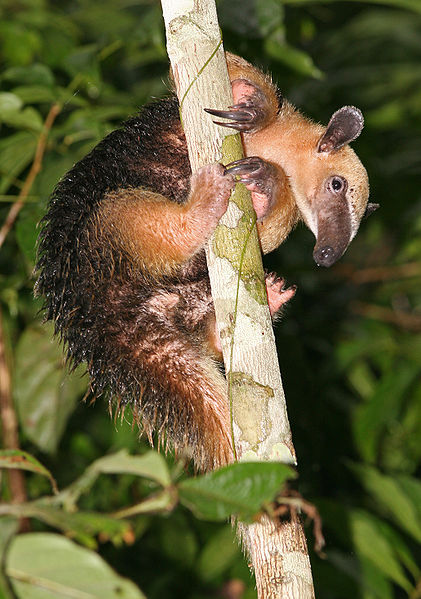
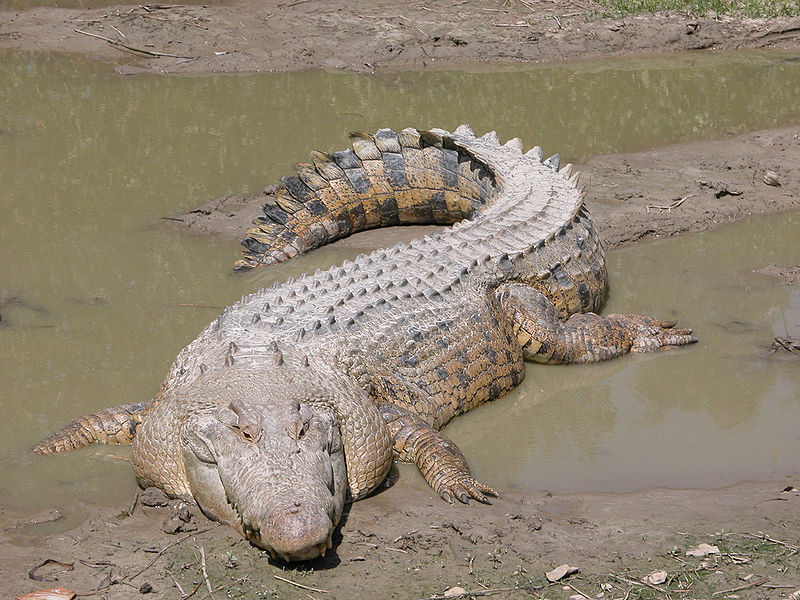

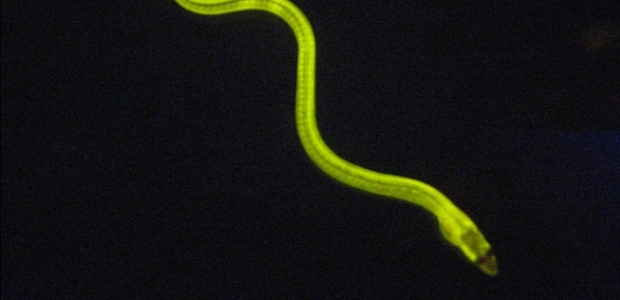


He would have a feast at our house. I lifted up the gargabe yesterday and low and behold we had a bunch of tiny…tiny ants under it…sorry Nathan but I killed them. You know I normally let all bugs live that I find but not these little guys! I’m sure he would survive quite awhile just on our septic system….I know what my next pet will be….Dad said no more “dogs” but he didn’t say “anteaters”